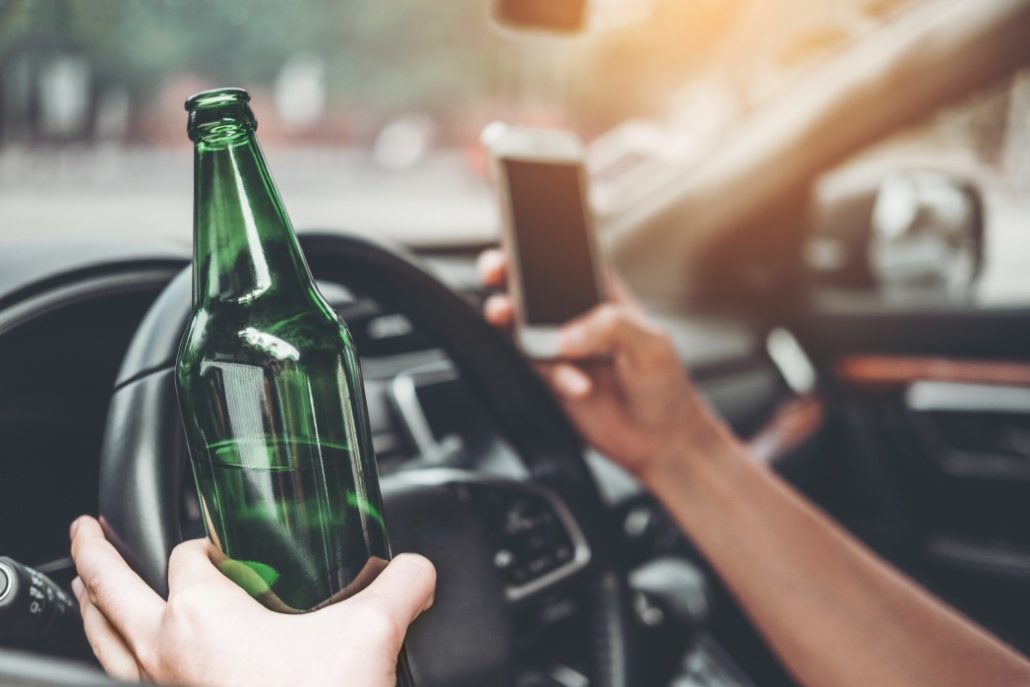There was a time when DUI was considered the worst thing (just after the time when some thought it cool to do so and even bragged about their capacity to do so) a person could be accused of.
Today distracted driving is overtaking drunk driving as consumers’ top safety concern on the road. This is leaving governments, insurers and parents in search of a cure. A recent survey in the US, of more than 700 drivers, reveals 63% of respondents are more afraid of distracted drivers on the road than they are of intoxicated drivers (37%). Furthermore, despite concern over the rise in distracted driving, findings show that current laws are not motivating consumers to curb this risky behaviour and address the crisis.
This research also found that 75% of drivers see other drivers using their phones while driving every single day. A much as 45% see phone distractions on the road multiple times per day.
“These numbers illustrate the severity of the distracted driving epidemic and highlight the urgent need for a new approach. It needs to combat distracted driving through technology and consumer incentives to motivate behaviour modification,” says Sam Madden, co-founder and chief scientist at Cambridge Mobile Telematics.
When asked about reducing phone use while driving, respondents say laws against cellphone use give the least incentive (39%). There is also greater motivation if drivers receive discounts from insurance providers (79%). Alternatively, if they receive rewards like gift cards or promotions (59%).
Smartphone telematics technologies can enable monitoring and reporting of risky driving behaviour, including the use of phones while driving. Thus while smartphones may actually be part of the distracted driving problem, they are also part of the solution. The survey was conducted Cambridge Mobile Telematics’ (CMT)
“These numbers illustrate the severity of the distracted driving epidemic. It highlights the urgent need for new approaches to combat distracted driving through technology and consumer incentives to motivate behaviour modification.”
Other key survey findings include:
- Sharing driving habits and performance with family and friends is a greater motivation to improve safe driving habits for 60% of drivers.
- Phone calls (32%), text messages (30%) and navigation (27%) are some of the top distracters of drivers in the survey. It surpasses only distraction by other passengers (44%).
By Eugene Herbert

